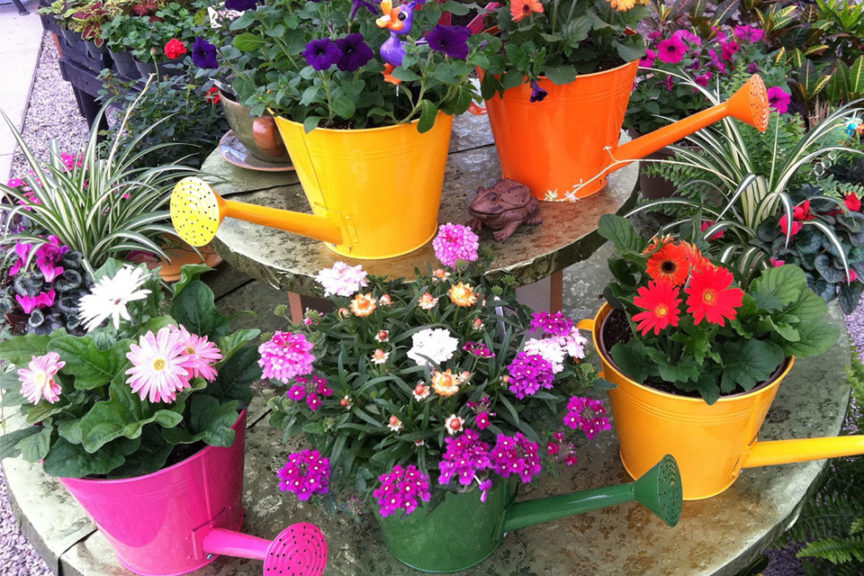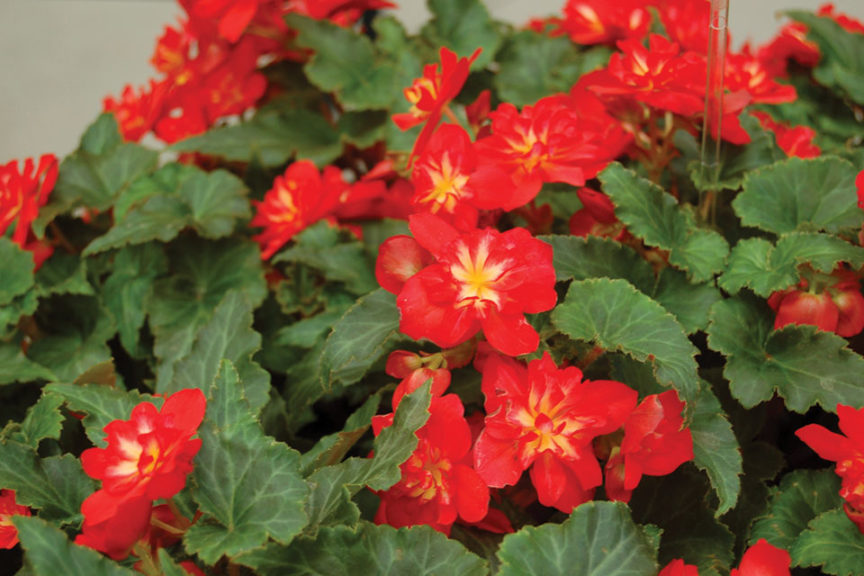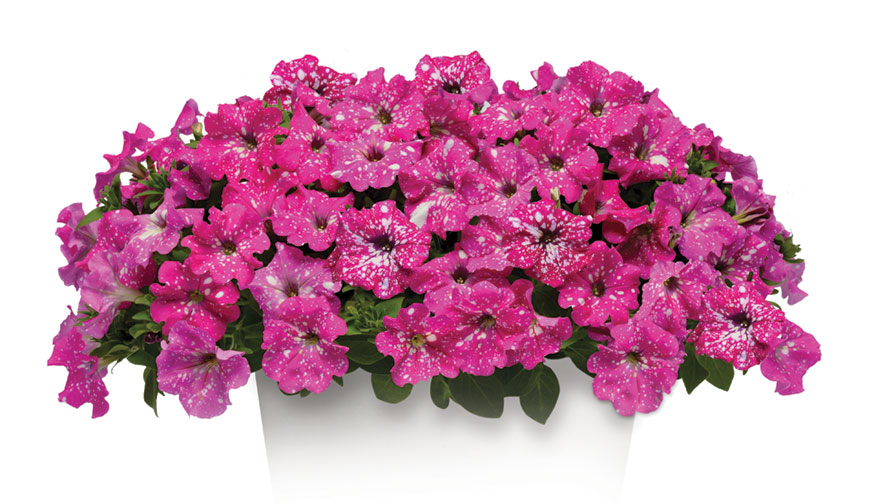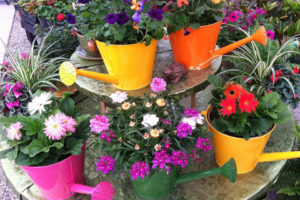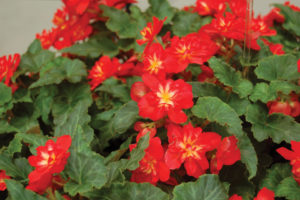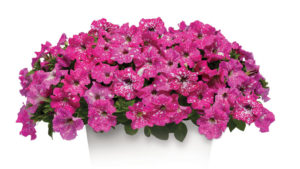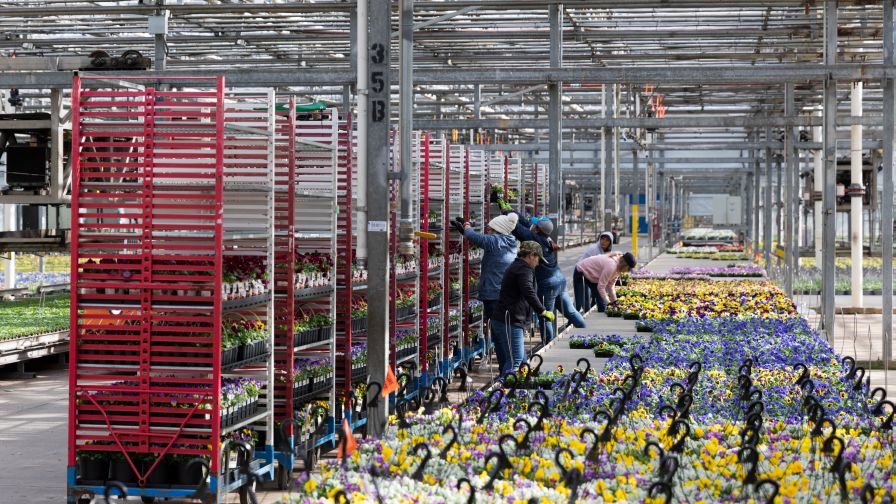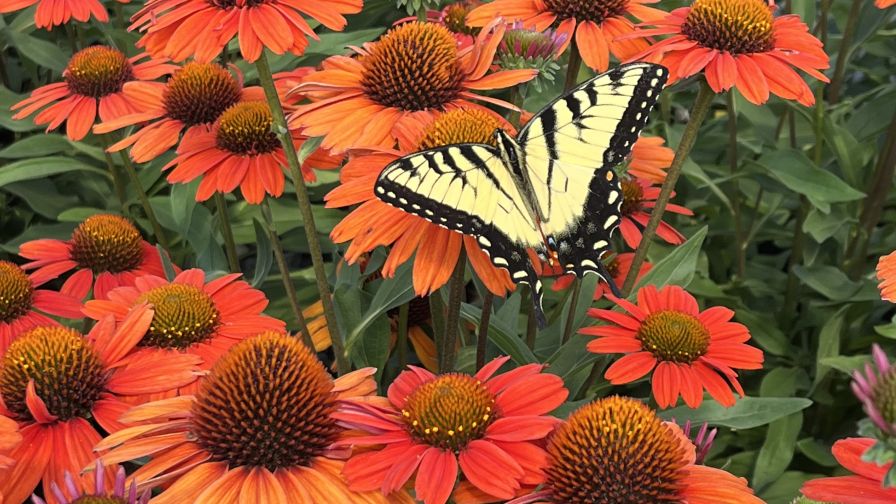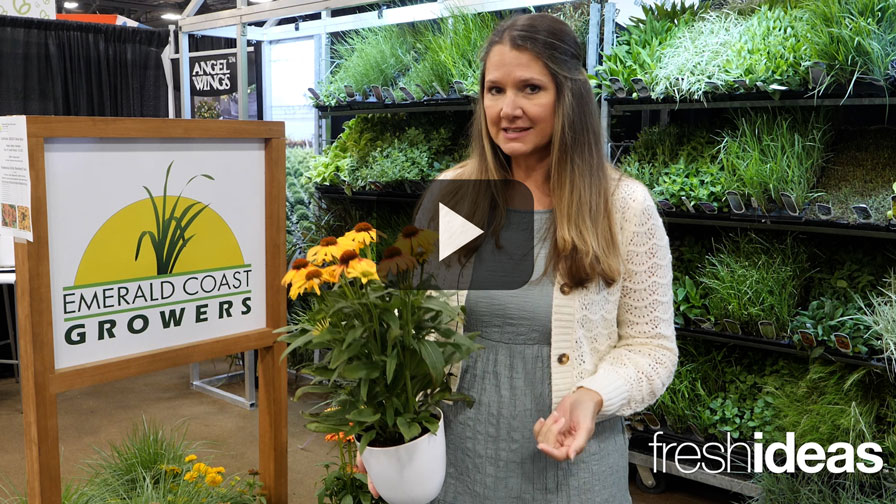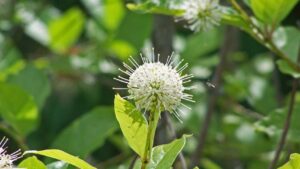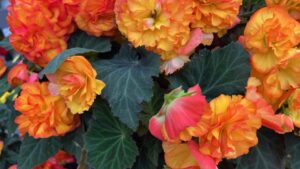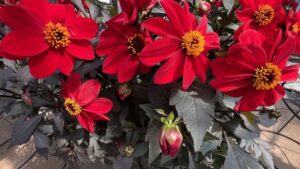Why Eccentricity is the New Black in Spring Annuals
Every new year brings with it an influx of new spring annuals. Unlike new iPhones that often sell out before they hit the shelves, the shiniest new annual on the market may not be what gets customers excited, unless it is singular enough that it truly offers something new.
Jesse Hensen of Eason Horticultural Resources gives the examples of the Begonia Rise Up series from Westhoff and the Phlox Popstars series from Floranova as genetics that represent marked improvements within their genera that will make them stand out. The Rise Up Series of tuberous begonias, with nine colors in the series, has blooms that take sun or shade and stay upright and outward facing for greater color appeal. Popstars is a collection of seed-grown phlox with a naturally dwarf habit and distinctive starry blossoms that includes four colors and two bicolors.
It’s characteristics like these ─ unusual colors or patterns, unique cultivars, distinctive habits ─ that retailers say they look for in new annuals. In essence, among a sea of common, everyday offerings, plants that scream eccentricity get noticed on the retail bench.
“My core consumer does not know new from old. They know flowers, color, and interest. If a plant does something unique (dwarf panicle hydrangeas, for example) it becomes special, otherwise color sells itself,” says Jeff Griff of Lowe’s Greenhouse in Chagrin Falls, OH.
Color is the No. 1 Selling Point
Knowing that color sells, grower-retailers say they often color block spring annuals at entrances and main display areas to immerse visitors in vibrant shades of flowers the moment they enter the garden center. Combination containers of spring annuals on their own or mixed with other crops like edibles and tender perennials are popular, as well, whether they’re targeted toward do-it-yourself or do-it-for-me type customers. Retailers report that ready-made containers are selling well, and consumers often don’t balk at the price, focusing instead on the convenience.
“We have started doing more pick-up-and-go mixed containers,” says Kate Terrell of Wallace’s Garden Center in Davenport, IA. “It seems the more expensive they are, the faster they go. Our customers like the look of a professionally designed mixed container. Other customers will copy the pre-done pots that we have out for sale.”
Atrend of note with spring annuals is that, while still a top-selling retail category, they may be starting to lag behind edibles, succulents, and perennials in popularity, as consumers caught up in current gardening trends, such as the eat local movement and pollinator gardening, begin to look for plants outside of their traditional choices.
Griff says that succulents, for example, have grown dramatically as a category, not because they are new plants, but because they are part of a decorating trend taking the place of what may have previously been shelf space devoted to annuals. Another example of something not new at all, but newly popular, is milkweed, which continues to sell well as public attention stays focused on pollinators.
There’s a lesson to learn here, Griff says: keep your eyes open the next opportunity and be ready to jump on board when it presents itself.
Retailer Recommendations for Displaying Spring Annuals to Sell
Greenhouse Grower reached out to top retailers to get their recommendations on how to display spring annuals to attract customers’ attention for maximum sales. Here are their top tips:
Keep them front and center. Display annuals on tables that are visible from the front parking lot and main entrances to the outside sales area. Creative presentations of annuals on endcaps and tiered displays also attract attention.
Mix them up. Combination containers, with mixes of annuals or annuals mixed with perennials or other crops, are always popular. These can be ready-made for sale or marquee containers that give do-it-yourself customers ideas and inspiration.
Use a prop. Showcase a new or different flower color or a unique plant characteristic with some props that might show it off in a unique way.
Immerse them in color. Color sells. Put your most colorful items up front where people can see them. Masses of color, achieved through color blocking, attract attention.
Offer an exclusive. Select something different to display that customers feel they can’t find anywhere else, whether it’s a unique variety, something different for each season, or plants in a new format, such as flower towers or upcycled containers.
Find out what characteristics breeders look for in top-performing spring annuals.





